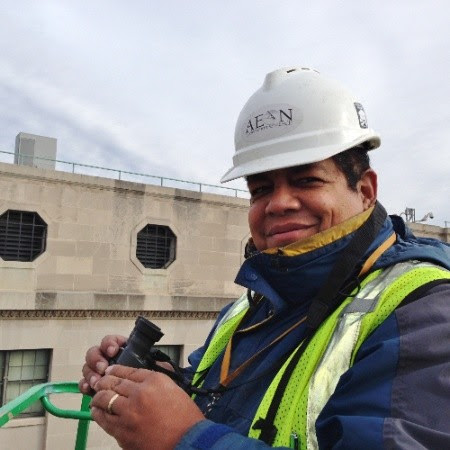Alfonso Narvaez
Principal Architectural Conservator, Aeon Preservation Services, LLC
Biography
Mr. Narvaez is a founding principal at Aeon Preservation Services LLC established in 2010. A senior architectural conservator with over thirty-five years’ experience in the technical preservation of historic buildings and monuments nationwide, Alfonso worked for a national consulting firm specializing in architecture, conservation, landscape architecture, archeology, and planning for historic properties and sites for over twenty years, before leaving to establish an independent architectural conservation practice. Alfonso and his firm have successfully worked on a wide range of historic preservation projects, for Federal clients as well as smaller private organizations nationwide. He is a graduate of Cornell and Columbia Universities.
Abstract
Over the last twenty years we have seen an evolution of the role of the architectural conservator in projects of all sizes. When I first entered the profession most architectural conservators were either in institutional settings or part of architectural firms. Our role was often purely in materials analysis or physical examination of historic features or finishes. Over time we saw independent conservators establish small practices. Larger preservation-oriented architectural firms incorporated conservators into separate departments or in a several cases established independent contracting firms working in tandem or in parallel. We have also seen decorative arts firms incorporate conservators into their practices or merge with established conservation firms.
More recently conservators have begun to carve out a more independent role within the construction industry. Many of the larger construction firms have incorporated conservators into their QA/QC teams. In our own practice we have tried to strike a balance between architectural investigation and predesign phase services and evolve to a more construction-oriented approach. We have found that the conservator can play a useful role in bridging the gap between architects, owners, and contractors in complex technical preservation projects. Often, we find that there is a Bermuda triangle at the heart of projects between what the architect can reasonably design, what the owner is willing to pay for, and what the contractor is willing to bid on. At the center of this triangle is risk – the risk of unforeseen conditions, hidden liabilities, cost over-runs, schedule and timing issues, and various hazards.
Over the past ten years our firm has taken a more central role in construction. We have developed a conservator led approach to construction management in design build projects. This has allowed us to put the building (or monument) and its needs at the center of the project. Over time we have built very strong trust relationships with different specialty subcontractors at many different levels of expertise and ability. We try to build an open and collaborative team to work in concert with the building owners or managers in solving the specific preservation problems and executing the solutions in a very careful manner. We have also been involved in various preservation planning and compliance roles and been before a number of review boards or agencies. Often, we see a disconnect between how we see a project and how it may be seen from the other side of the table.
This paper will discuss a number of different preservation projects and discuss the ways that we have seen the role of the conservator evolve over time.
Learning Objectives
- Understand the role of the architectural conservator in the field of historic preservation
- See the benefits of conservator led design build projects in preservation
- See how the role of the conservator has evolved over time.


